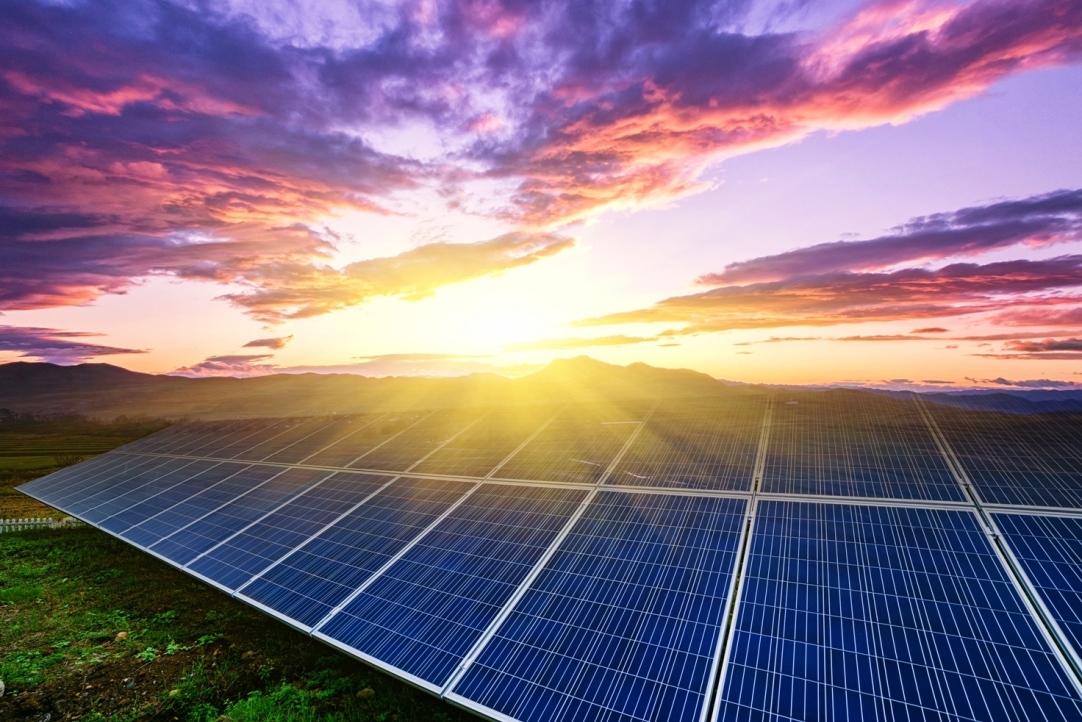Make the Most of the Sun

Professor Alexey Tameev of HSE MIEM, along with a team of colleagues, has proposed a calculation method to determine the optimal photoactive layer thickness which can maximize the power conversion efficiency of solar cells. Applicable for both polymer and perovskite solar cells, the method can become a milestone on the path from laboratory samples to solar cells made from new generation materials. The results of the research are covered in ‘A common optical approach to thickness optimization in polymer and perovskite solar cells’, an article published in Scientific Reports.
The share of green renewable energy is increasing in the world’s energy mix every year. Solar energy is the fastest growing source of alternative energy. According to the International Energy Agency (IEA), solar energy will account for 24% of global electricity generation by 2040. Against the backdrop of the industry’s rapid evolution, the issue of energy costs is on the top of the agenda. Impressive progress has recently been made in this area thanks to maturing technologies and supportive government policies.
As reported by the IEA Outlook released in autumn 2020, solar power plants offer some of the lowest cost electricity ever seen. In Europe and the United States, solar energy prices vary from $35 to $55 per MW*h, and in China and India it costs $20-40 per MW*h. Conversely, the costs of coal fluctuate from $55 to $150 per MW*h. The report also cites World Economic Forum data showing that the average cost of solar energy was $100 per MW*h four years ago and $300 per MW*h ten years ago.

Alexey Tameev, Professor of the HSE School of Electronic Engineering and Leading Research Fellow of the Laboratory of Space Vehicles and Systems’ Functional Safety
‘We shouldn’t stop here. Our research focuses on modelling the optical properties of polymer and perovskite solar cells depending on the thickness of their photoactive layers. The new generation solar cells are quite promising, as it is easier and more cost effective to manufacture than conventional silicon cells.’
It takes about two years for silicon solar panels to recoup the energy spent on mining and processing the required mineral as well as manufacturing and installing the cells, while it takes only a few months for similar perovskite solar panels to do the job. Moreover, the efficiency values of the laboratory perovskite samples have almost caught up with those of silicon samples. However, scaling up production of polymer and perovskite cells should be preceded by optimization of the parameters of their functional layers to minimize the time and volume of materials required for the production technology.
Photoactive layer parameters were optimized in the laboratory by using the experimental current-voltage characteristics of solar cells and transfer matrix modelling within the Maxwell–Garnett effective refractive index model. The modelling showed that light absorbance and exciton generation rates in the photoactive layer are sufficient to determine the functional layer thickness range which would maximize the efficiency of the device. Complete equivalence is reached between experimental and simulated data for solar cells of both polymer and perovskite structures.
Notably, the proposed approach is rather simple and time-effective in terms of determining the most efficient parameters of solar cells required to develop enhanced device prototypes.
The article is published as part of the project ‘Theoretical and experimental studies of promising heterogeneous structures for polymer photocells to increase their efficiency’. Headed by Evgeny Pozhidaev, the project was supported by HSE University’s Basic Research Programme.
Evgeny Pozhidaev
Research Professor, School of Electronic Engineering
Alexey Tameev
Professor, School of Electronic Engineering

